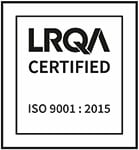Phase Change Materials
What are Phase Change Materials?
Phase change thermal interface materials (TIMs) improve heat transfer between hot components and heat sinks. This allows the components to run at lower temperatures, which can increase their speed and lifespan. They are used in a wide range of demanding applications across many industries, including consumer electronics, telecom/datacom, automotive electronics, industrial electronics, medical, and military/aerospace.
How do Phase Change Materials Work?
The first phase change materials (PCMs) melted to a liquid state at temperatures between 50°C and 60°C. Today, most PCMs do not melt but soften at operating temperatures in the 50°C to 70°C range. This provides the same advantages of wetting and minimum bond line and offers better long-term reliability. PCMs are generally used in constant-pressure applications.
Characteristics and Functions:
- Thermal conductivity range: 1 – 8 W/mK
- Thickness range: 0.125mm to 0.5mm
- Compliancy: UL 94V0, RoHs, REACH
- Easy to use; peel and stick format with top tabbed liners or automatable placement
-
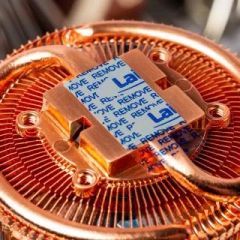 LairdTpcm™ 5000 Thermal Phase Change Material
LairdTpcm™ 5000 Thermal Phase Change MaterialTpcm™ 5000 is designed to provide the best performance at the best price available.
Starting at $9.93
-
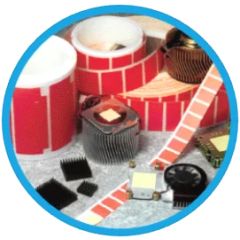 LairdTpcm™ 900 Thermal Phase Change Material
LairdTpcm™ 900 Thermal Phase Change MaterialTpcm™ 900 phase change material is a naturally tacky phase change offering reliable thermal performance.
Starting at $25.44
-
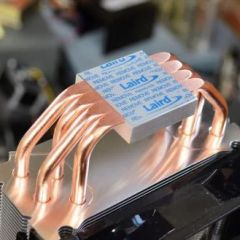 LairdTpcm™ 7000 Thermal Phase Change Material
LairdTpcm™ 7000 Thermal Phase Change MaterialWith a thermal conductivity of 7.5 W/mK, Tpcm™ 7000 is designed to enhance the cooling of the most rigorous thermal challenges in electronics.
Starting at $25.74
-
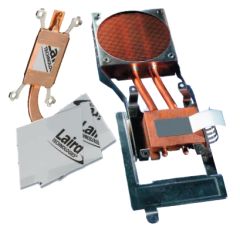 Laird A14696-04Tpcm™ AL52 Thermal Phase Change Material, 12" x 18" Sheet
Laird A14696-04Tpcm™ AL52 Thermal Phase Change Material, 12" x 18" SheetTpcm™ AL52 is a thermally conductive phase change material coated on both sides of aluminum foil.
-
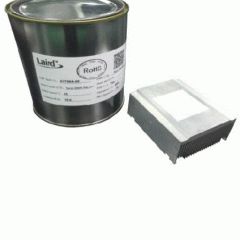 Laird A17064-00Tpcm™ 200SP Screen Printable Phase Change Material, 1.0kg Can
Laird A17064-00Tpcm™ 200SP Screen Printable Phase Change Material, 1.0kg CanTpcm™ 200SP is a silicone-free screen printable phase change material.
-
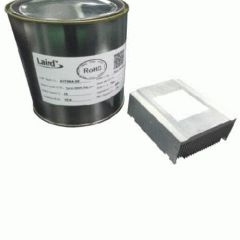 LairdTpcm™ 780SP Screen Printable Phase Change Material
LairdTpcm™ 780SP Screen Printable Phase Change MaterialTpcm™ 780SP phase change material at 5.5 W/mk, is a high-performance screen printable phase change material.
Starting at $268.94

